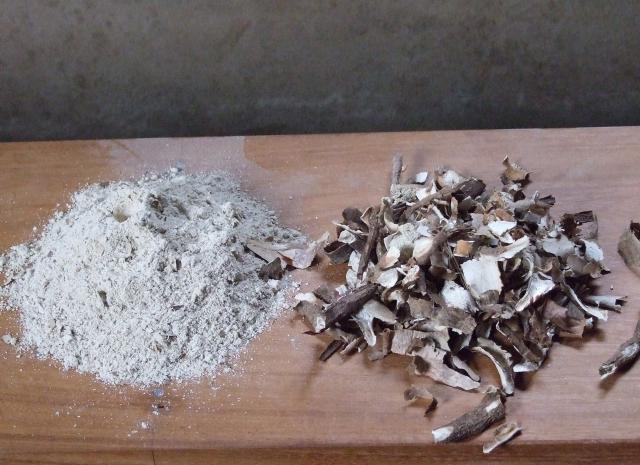Cassava: A Versatile Crop with Remarkable By-Products
Cassava, scientifically known as Manihot esculenta, stands as one of the world’s most widely consumed staple foods, serving as a vital source of sustenance for countless people across the globe. This blog post will explore the various facets of cassava, from its botanical characteristics and growth requirements to its diverse array of valuable by-products.
Botanical Insight into Cassava Cassava is a woody perennial and branched shrub that can attain impressive heights of up to 5 meters. It boasts large, spirally arranged, lobed leaves that exhibit substantial variation in form. These shrubs produce tuberous roots during their growth, which serve as reserves. These roots can contain up to 35% starch and may reach lengths of up to one meter, with a cumulative weight of around 40 kilograms.

Cassava produces small, regular female and male flowers arranged in small clusters, and it produces a form of non-fleshy fruit capsule. Its preferred growing conditions include regions near the equator, elevations below 1,500 meters, rainfall between 1,000 to 1,500 mm/year, and temperatures ranging from 23 to 25°C. Cassava can thrive in various soil types, with a preference for light, well-drained, organic-rich soils. It is resilient, tolerating long dry seasons of up to 6 to 7 months and reduced precipitation.
Cassava Cultivation and Uses Cassava cultivation is efficient, requiring minimal labor, typically ranging from 75 to 125 man-days per hectare, from land preparation to harvesting. Sweet cassava tubers can be harvested 8 to 10 months after planting, while the harvest for bitter varieties commences around the 12th month.
The significance of cassava goes beyond its role as a staple food. This versatile crop yields an array of valuable by-products that find applications in various cuisines and industries. Some of these by-products include:
- Kisanvu: A meal made from cassava leaves, commonly consumed in Tanzania. To prepare it, the leaves are crushed, cooked to remove cyanogens, and then mixed with ingredients like coconut milk or peanut butter.
- Kwem: Another dish made from cassava leaves, native to Cameroon. It involves cooking palm but pulp and mashed cassava leaves with peeled and cleaned cassava tubers.
- Cassava Paste: Produced from fresh cassava roots or tubers, cassava paste can be fermented or unfermented. It is a crucial ingredient in various products, such as cassava sticks, pastries, couscous, semolina, and starch.
- Dried Cassava Chips: These are made by peeling, washing, and cutting fresh cassava tubers into pieces, soaking them, removing fibers, and then drying the chips in the sun.
- Cassava Flour Production: Cassava flour is made from either dried chips or unfermented cassava paste. Both methods involve grinding, sifting, and packaging to produce a versatile ingredient used in numerous recipes.

- Cassava Starch Production: Cassava starch is obtained from unfermented cassava paste. The process includes mixing the paste with water, collecting starch milk, and drying the starch for various industrial applications.
- Fermented and Baked Semolina: This is produced by fermenting peeled and crushed cassava and then drying, sifting, and steaming the paste to create a unique, slightly tangy product.
- Garri: A popular African food, especially in Nigeria. Preparing garri involves fermenting cassava paste, pressing it, roasting, and sizing it with different mesh sizes to yield various qualities of garri.
- Cassava Pasta: Made from cassava flour and eggs, this pasta is prepared through a series of steps, including mixing, rolling, and drying.
- Cassava Bread: Similar to wheat bread, cassava bread is made from cassava flour and is considered to be more nutritious by some researchers.
Cassava’s remarkable versatility in the culinary world and its significance in various industries make it a valuable crop that has positively impacted communities worldwide. By sharing this information, we can increase awareness of the importance of cassava in sustaining humanity.
